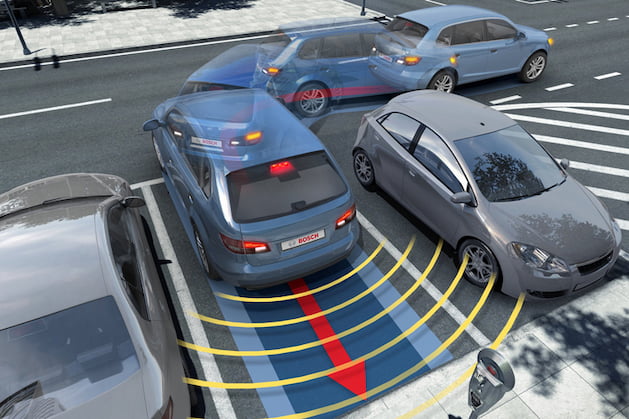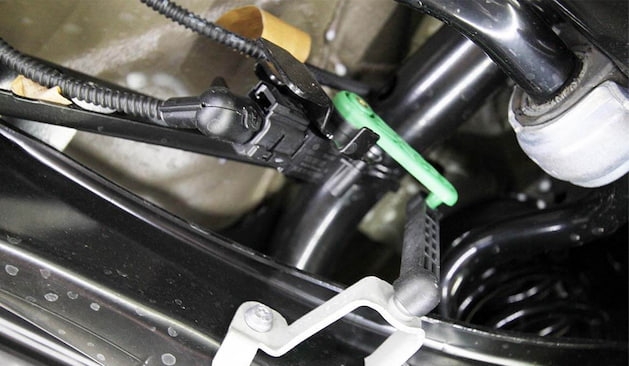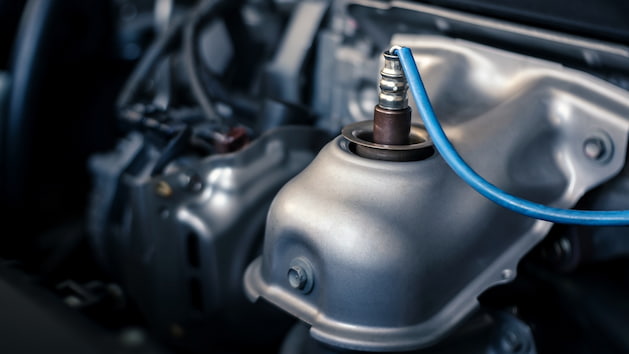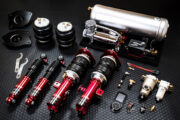Modern vehicles are equipped with numerous automotive electronics. One of the most important electronics found in vehicles today are sensors. Sensors ensure that your vehicle is able to detect objects and adjust accordingly to prevent a collision, as well as provide the driver with information about their current speed or if they are too close to another object. There are many different types of sensors used in modern vehicles, but this article will focus on the most common ones: acceleration, braking, inclination, temperature and pressure sensors.
Acceleration, braking and inclination sensors are used in many different types of vehicles including cars, trucks, motorcycles and even industrial equipment. These automotive electronics have become an important part of modern vehicles because they help detect dangerous driving conditions and prevent collisions from occurring.
Then, there are sensors that make sure the pressures and temperatures in your vehicle are at an appropriate level. Without these sensors, your vehicle would not be able to function properly.

Most Common Car Sensors
Acceleration Sensors
Also known as the G-sensor, this is a device that detects lateral forces applied to your vehicle during driving. It then uses this data to determine if the vehicle has experienced a crash, and if so will initiate the airbag warning light on your dash. The G-sensor can also detect sudden braking which may indicate an accident. This information is then sent to the engine control module (ECM) which will cut off the fuel supply and activate the brakes.
Brake Sensors
A brake sensor detects if there is pressure applied to the brake pedal. If no pressure is detected, it indicates that there is a problem with either the brake system or the driver. This information is then sent to the ECM which will activate the brakes and turn on the parking lights.
Inclination Sensors
An inclination sensor detects if your vehicle has been in an accident or is experiencing abnormal driving conditions, such as climbing a steep hill or going down a large drop. The inclination sensor uses gravity to detect this information by measuring changes in acceleration due to gravity. If there are abnormal changes detected by the inclination sensor, it will send a signal to the ECM which will activate your vehicle’s hazard lights.

Temperature Sensors
A temperature sensor is used to detect the temperature of various components in your vehicle’s engine compartment. The information gathered by the sensor is then sent to the ECM which will adjust fan speed and fuel supply accordingly to ensure proper cooling. Temperature sensors are also used in other areas of your vehicle such as the instrument cluster and radio to ensure that all gauges are reading correctly.
Pressure Sensors
A pressure sensor is used to detect the amount of force applied to a specific area. This information is then sent to the ECM which will use it to determine if something needs to be adjusted such as airbags or seatbelts. Pressure sensors are also used in vehicle suspensions, where they detect how much weight is being carried by each tire and send this information to the ECM.
Important Factors to Consider When Shopping for Sensors
No matter what type of sensor you are looking for, there are a few things that you should keep in mind when shopping around. One of the most important factors is how accurate the sensor will be at detecting different driving conditions and determining what needs to happen for your vehicle. If a sensor does not function properly then it could put yourself or others at risk when behind the wheel.

Another factor to consider when purchasing sensors is whether or not they can be installed easily without having to call a professional mechanic. Many people like to install their own sensors in order to save money on labour costs, but sometimes it is best to leave the installation up to a professional.
Finally, you need to consider the brand of the sensors. Not all sensors are made the same, and some brands are better than others. It is important to do your research when shopping around for sensors so that you end up with a product that will last for many years without having any problems.
Where Can I Find the Sensors in My Vehicle?
There are several places where acceleration, braking and inclination sensors are located in your vehicle. The most common place is under the dashboard near the airbag panel or instrument cluster. Some sensors are installed behind the steering wheel on the column itself. The pressure and temperature sensors, on the other hand, are located in the engine compartment. These sensors are attached to various parts of your vehicle’s engine including the radiator, fan and even belts that drive them. In some cases, temperature sensors can also be found in other areas such as the instrument cluster or radio.


